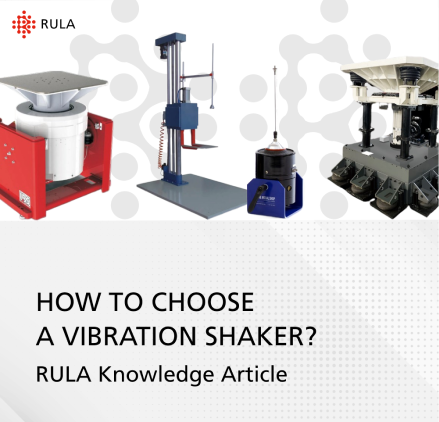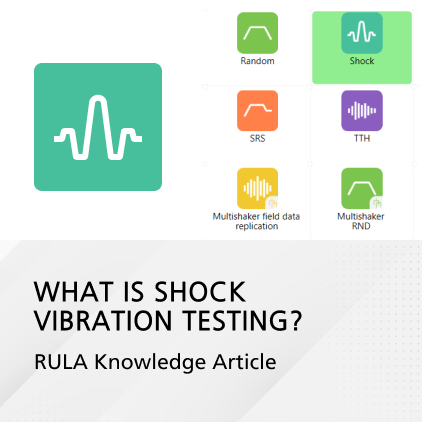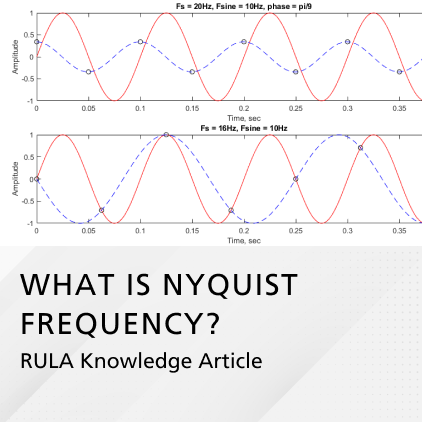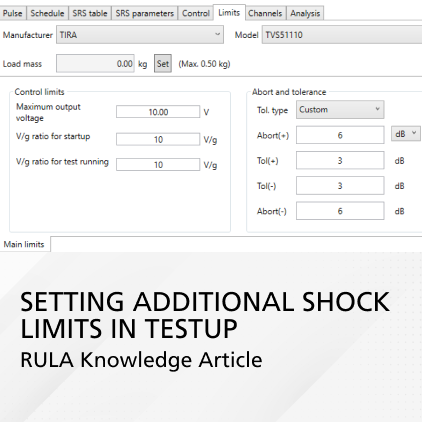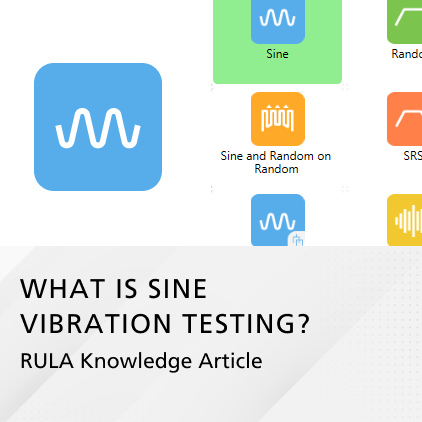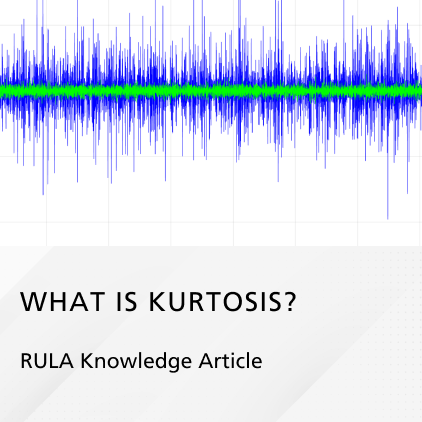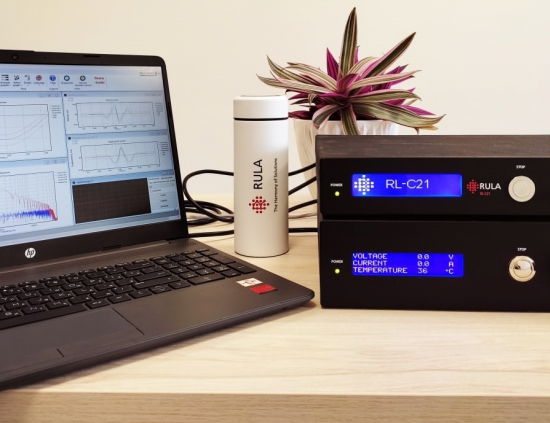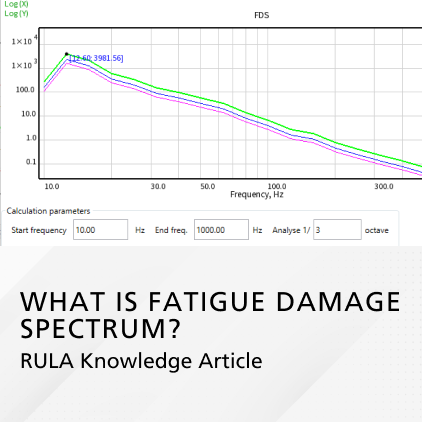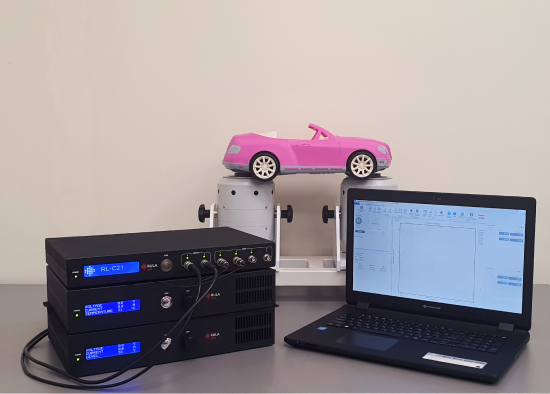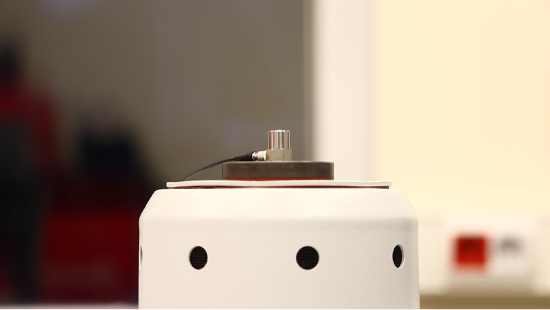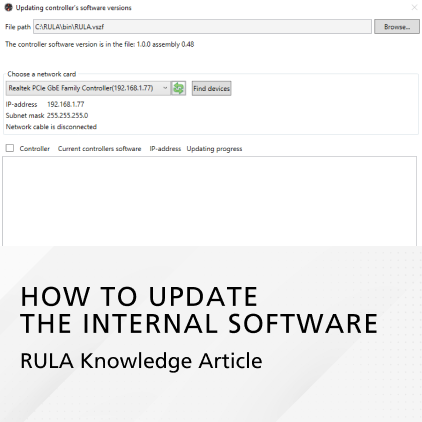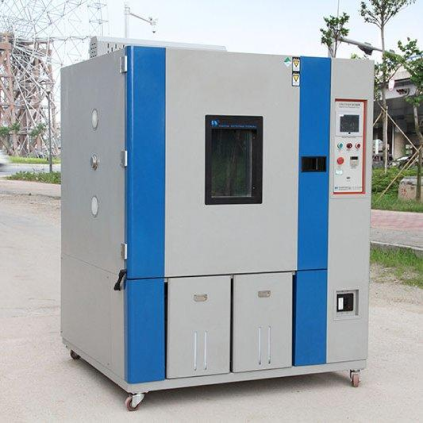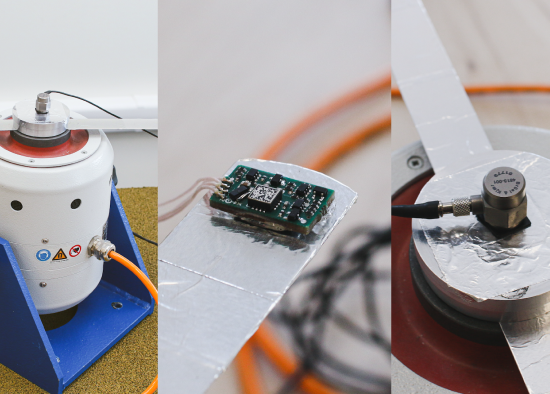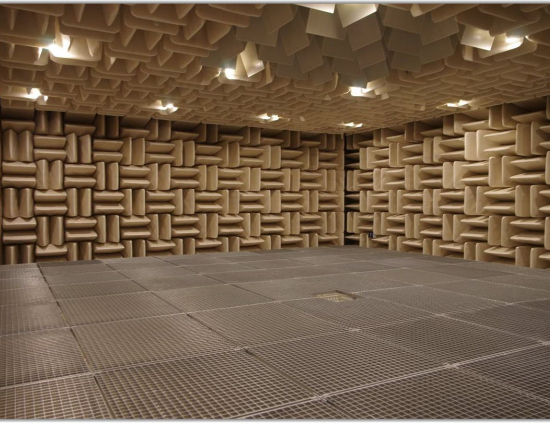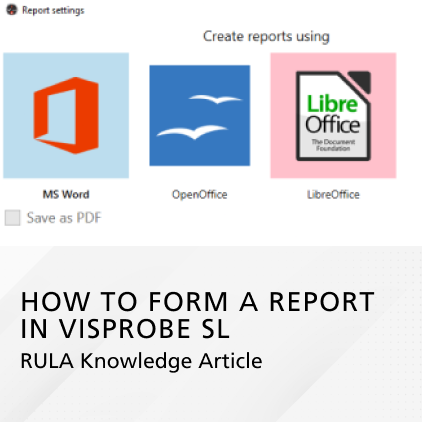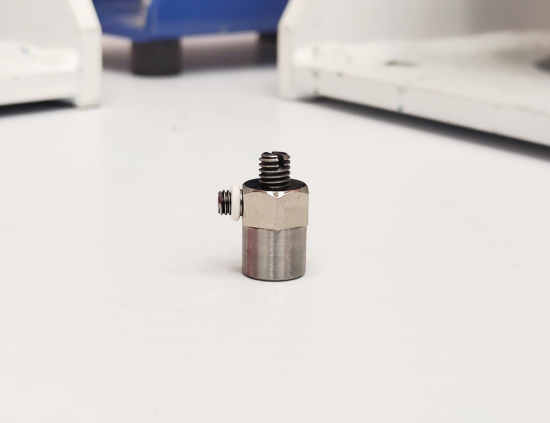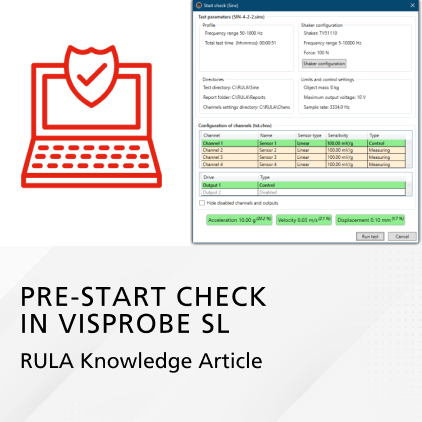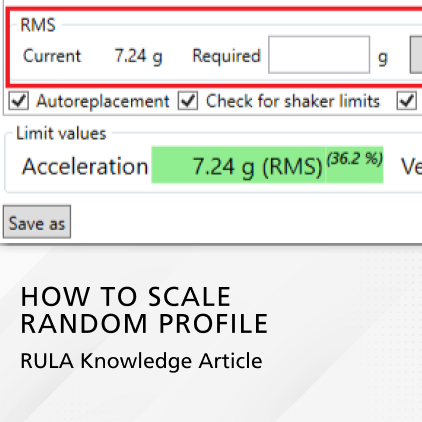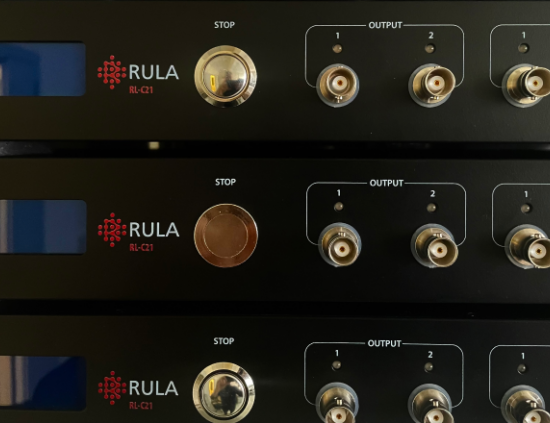Sign up
Fill in the fields and send the application for registration. Your application will be reviewed as soon as possible.
If you already have an account, please sign in, or restore your password.
Sign in
To log in, fill in the fields below.
And have a good day.
If you do not have an account, please sign up, or restore your password
Restore password
To reset your password, fill in the field below. After that, you will be notified in the email.
If you do not have an account, please sing up, or sign in if you have one.
Up-to-date info about vibration testing and data acquisition in the informative and easy-to-follow articles written by our experts.
How to Choose a Vibration Shaker?
Choosing the right shaker can be a daunting challenge. In this article we will discuss some basic shaker selection principles and guidelines for test laboratories in test preparation.
What is Shock Vibration Testing?
Shock vibration testing stands out as one of the most popular test types for assessing product durability and reliability. In this article, we will explore the reasons for the popularity of Shock vibration testing, and the purpose behind this crucial testing method, examine the setup requirements, delve into various test profiles, and analyze the advantages and limitations it brings to the forefront.
What is Nyquist Frequency?
Nyquist frequency is an foundational concept for operating any ADC and DAC converters - and it's equally as important for acquisition and analysis of vibration data. In this short article we explore this concept in relation to RULA vibration controllers.
Expert Tips for Equipment Safety: How to Set Additional Shock Limits
Setting Shock limits is the main way to prevent equipment failures and breakages. Learn how to configure the shock limits in TestUp software for vibration testing in our today's article.
What is Sine Vibration Testing?
Sine vibration testing is the most popular method of basic vibration testing alongside Random and Shock. In today's article we will take a look at the reasons behind the popularity of Sine vibration testing, its main features and applications on the example of RULA software.
What is Kurtosis?
Kurtosis is a parameter of any signal, which represents its “peakedness”. But what makes this parameter so important for vibration testing and data analysis? And how can you manipulate it in RULA software? Let’s find out.
What is Vibration Testing and Why Do We Need It?
We are constantly surrounded by vibrations, some of which are less welcome than others. Many products of automotive, aerospace, electronics, and other industries are subject to intense vibration impact that can cause severe damage to the moving parts. This in turn might break the equipment, or even endanger the life of your customers.
Preventing the damage caused by vibrations is the goal of vibration testing. In today's article, we will take an overview of this field and see how RULA can help you optimize the testing process.
Preventing the damage caused by vibrations is the goal of vibration testing. In today's article, we will take an overview of this field and see how RULA can help you optimize the testing process.
What is Fatigue Damage Spectrum?
Field Data Replication (FDR) offers a way to simulate real-life conditions with a high degree of accuracy. However, FDR has a major drawback — should we want to test an object up to destruction, the tests can take a very long time. Fatigue Damage Spectrum (FDS) option in RULA Software solves this problem, greatly reducing test time and offering much more flexibility in regard to signal duration. Read more about FDS in our article.
Multishaker Tests with RL-C21 and RL-C25: Theory and Application
Multishaker testing has become a popular method for testing large objects, which you cannot place on one shaker, or for simultaneous vibration impact on the object on several axes. In today's article, we will look at how to set up multishaker tests using our vibration controllers RL-C21 and RL-C25.
How to Mount Accelerometers
The first step to ensure that your sensor is giving accurate data is to correctly mount it on the surface. In this article, we will take a look at the most used mounting methods and give you useful tips that will help you choose the one that suits your needs.
How to update the internal software of RL-C21 and RL-C25
In this small article, you will learn how to update the internal software of our vibration controllers RL-C21, RL-C25, and RL-C21M. Updating the internal software is very important in order to prevent connection errors during the tests.
Modbus TCP: How to Get Data from Climatic Chambers and Power Amplifiers
Complex environmental tests combining vibration and climatic impact are becoming a trend in the testing industry. RULA Technologies provide a convenient tool for running such tests with RL-C21 and RL-C25-series controllers. Learn more in our todays's article.
Notching Control and Why You Should Use It
Imagine you are testing a satellite with solar panels. It is crucial to prevent the destruction of solar panels due to resonances during the test. Notching is a tool that helps you avoid all resonances on a particular frequency by limiting the acceleration values.
How to Calibrate Microphones
Microphones need to be calibrated to ensure they stay "healthy" and perform at their maximum capacity. RULA engineers have developed and algorithm that allows you to easily calibrate a microphone using sound pressure — a topic of our today's article.
How to Form a Report in TestUp Software For Vibration Testing
TestUp software for vibration testing can automatically generate a report when you complete a test, giving you an easy way to analyze data. In this article, we’ll show you how to configure the report creation and choose a default text editor for your reports.
Accelerometer calibration: a step-by-step guide
Sensor calibration is a procedure that ensures the safety and maximum performance of your sensor. Ideally, it should be performed once a year. In this article we will answer a common question: how to calibrate accelerometers using an automated module of RULA software.
TestUp Minimal System Requirements
The TestUp desktop application comes in a bundle with RULA devices. It allows the user to perform all basic types of tests, including Sine, Random, and Shock, as well as more advanced types (Sine on Random, Sine, and Random on Random, Sine on Sine, SRS, TTH, time waveform replication) and Multishaker tests. In this article, we've listed the minimal system requirements for using the software.
Pre-start Check in Vibration Testing
Pre-start check is a convenient function of TestUp software for vibration testing that lets you double-check the test parameters and prevent equipment failures. Learn more about pre-start check in today’s article.
How to Scale Random profile
RULA Software calculates the acceleration RMS automatically when you create a test profile. However, you can also change it manually. Learn how in this short article.
How to Sync Multiple RL-C21 Devices in 3 steps
Testing spaceships, cars, planes and other massive objects for resonance may require multiple interconnected controllers. In this article we will guide you through the process of connecting up to 8 RL-C21 devices in 3 simple steps.
